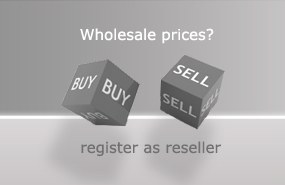Compatible cartridges
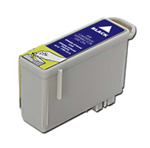
Compatible cartridges are replicated printer cartridges from manufacturers that are not associated with the original printer manufacturer or original ink cartridge manufacturer.
If you want to save money compared to original cartridges from printer manufacturers, this is possible with compatible cartridges from alternative manufacturers. These are much cheaper (up to 60%) than original cartridges and specially adapted to each printer type, so that the printing results are quite comparable. Cartridges from Epson and Canon brands can be replicated by alternative manufacturers. Ink cartridges from HP, Lexmark, Brother and Dell are refilled and thus sold as inexpensive re-manufactured or compatible cartridges.
There are even compatible cartridges that have won Stiftung Warentest tests against the printer manufacturer's original cartridges.
Compatible cartridges with dye-based ink:
With dye-based inks, the colorants are physically dissolved in the respective medium (like sugar in water). The ink does not contain any solid components (pigments). This offers the advantage of easy ink production, since the dye only needs to be stirred into the medium.
In addition, dyes cannot sediment in the compatible cartridges, i.e. they cannot settle. A disadvantage of dye ink, however, is its usually low lightfastness as well as its low fastness to chemicals.
Compatible cartridges with pigmented ink:
Pigments in pigmented inks, unlike dyes, cannot physically dissolve in the medium, but are merely dispersed (slurried up, like sand in water).
Pigmented inks have the advantage of high color strength, high lightfastness, high water resistance and chemical resistance (this is particularly important if ink is to be document-proof). As disadvantages, however, it should be mentioned that pigments settle relatively quickly (similar to fine sand in water), which is why the pigments in inks must be particularly stabilized.
The most expensive part of producing pigmented ink is the pigments. Consequently, the pigments (raw materials) are also the area where savings are often made. Price differences of up to 20 euros per liter for pigmented inks are not due to different calculations of profit margins. Rather, these price differences are due to the quantity of pigments used per production unit. Naturally, this also results in different quality levels. If the structure of a low-priced (pigmented) ink is more reminiscent of a dye ink with a low pigment content, a high-quality pigmented ink is full of pigments and therefore as UV-resistant as required.
Important: If a printer (printhead) is designed for dye-based ink, do not use pigmented ink. The ink would quickly clog the print head of the compatible cartridges.
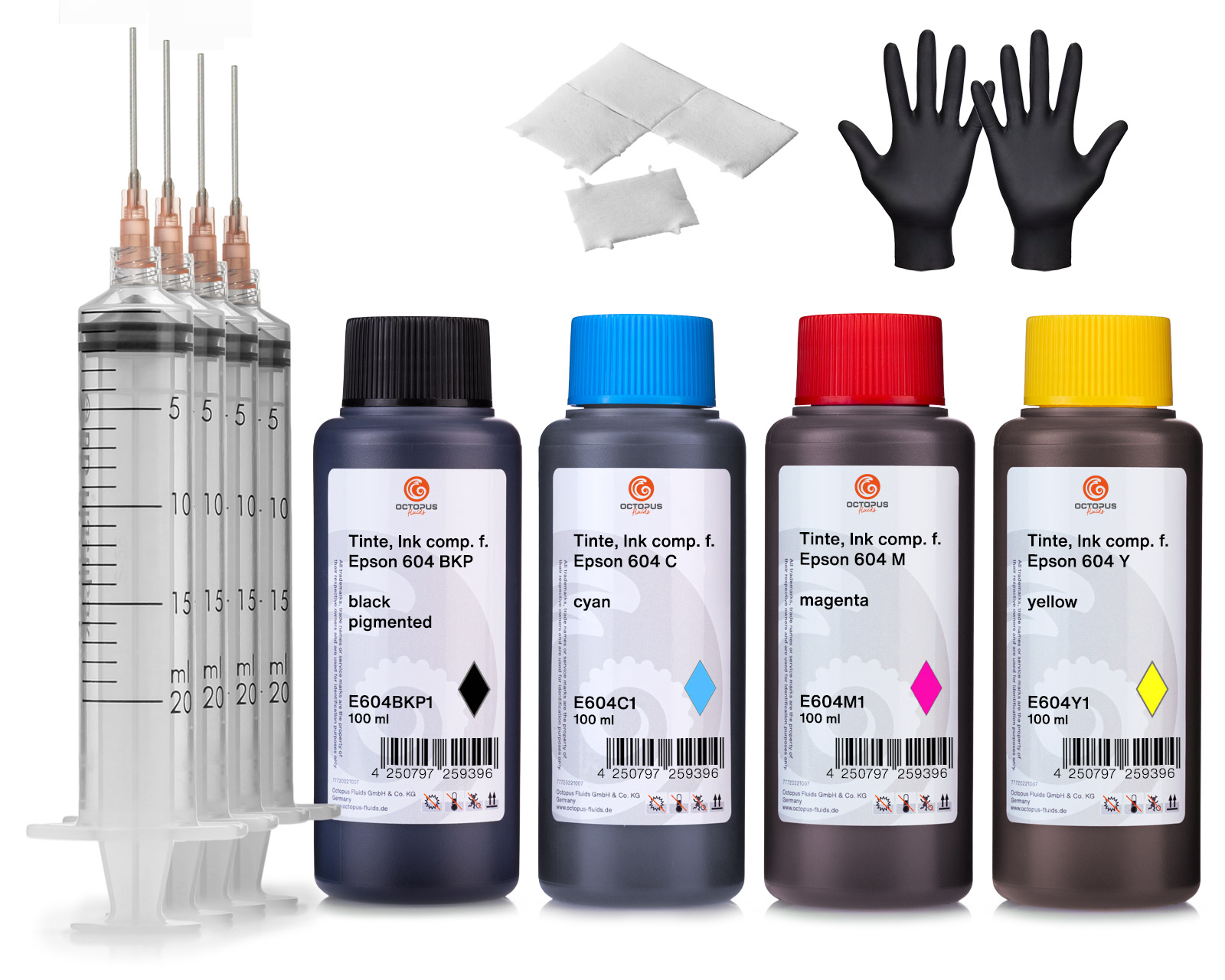 Octopus printer ink set compatible for Epson 604 ink cartridges, WorkForce 2950DWF 2930DWF
Octopus printer ink set compatible for Epson 604 ink cartridges, WorkForce 2950DWF 2930DWF
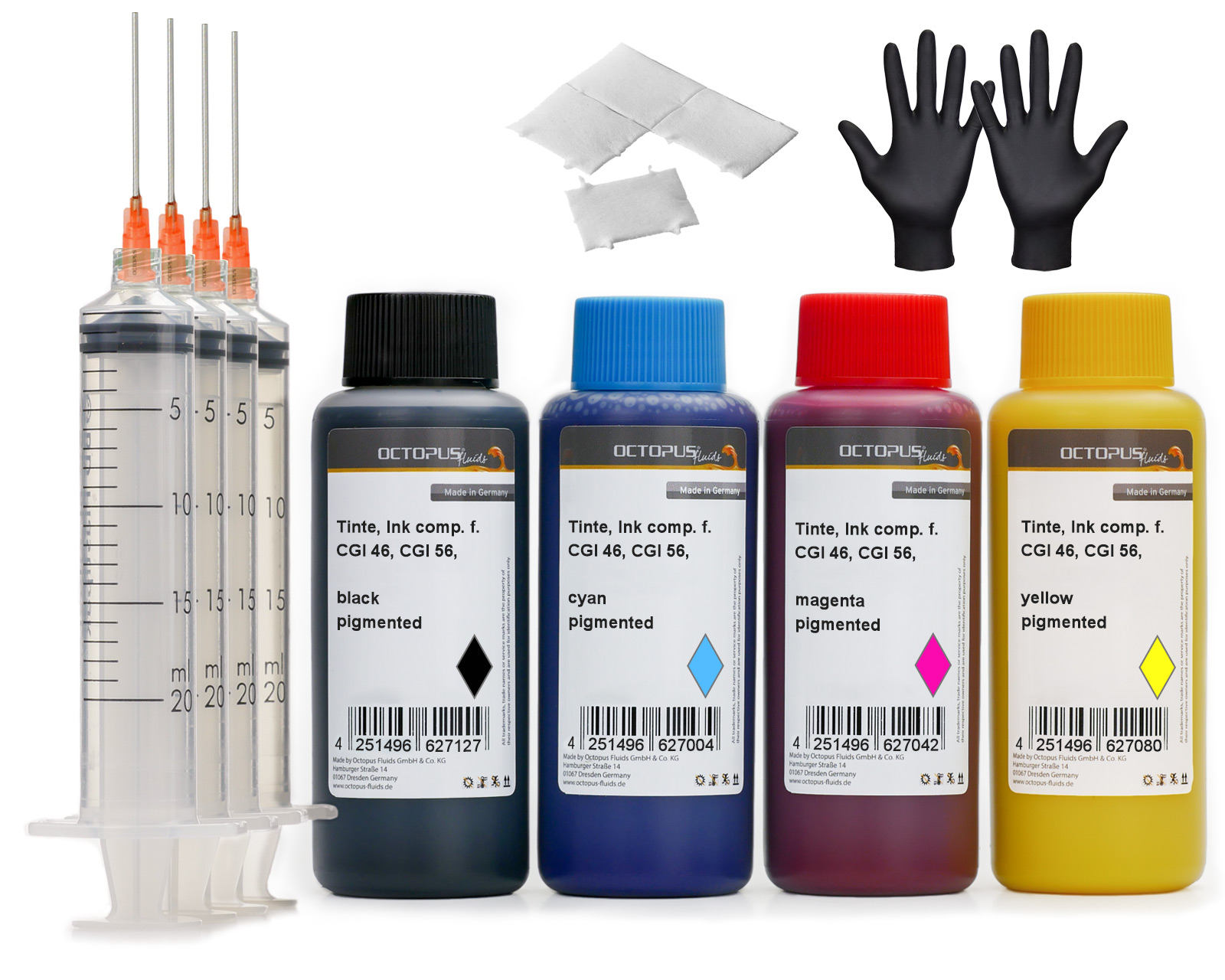 Printer Ink Set for Canon GI 46, GI 56 ink tank
Printer Ink Set for Canon GI 46, GI 56 ink tank
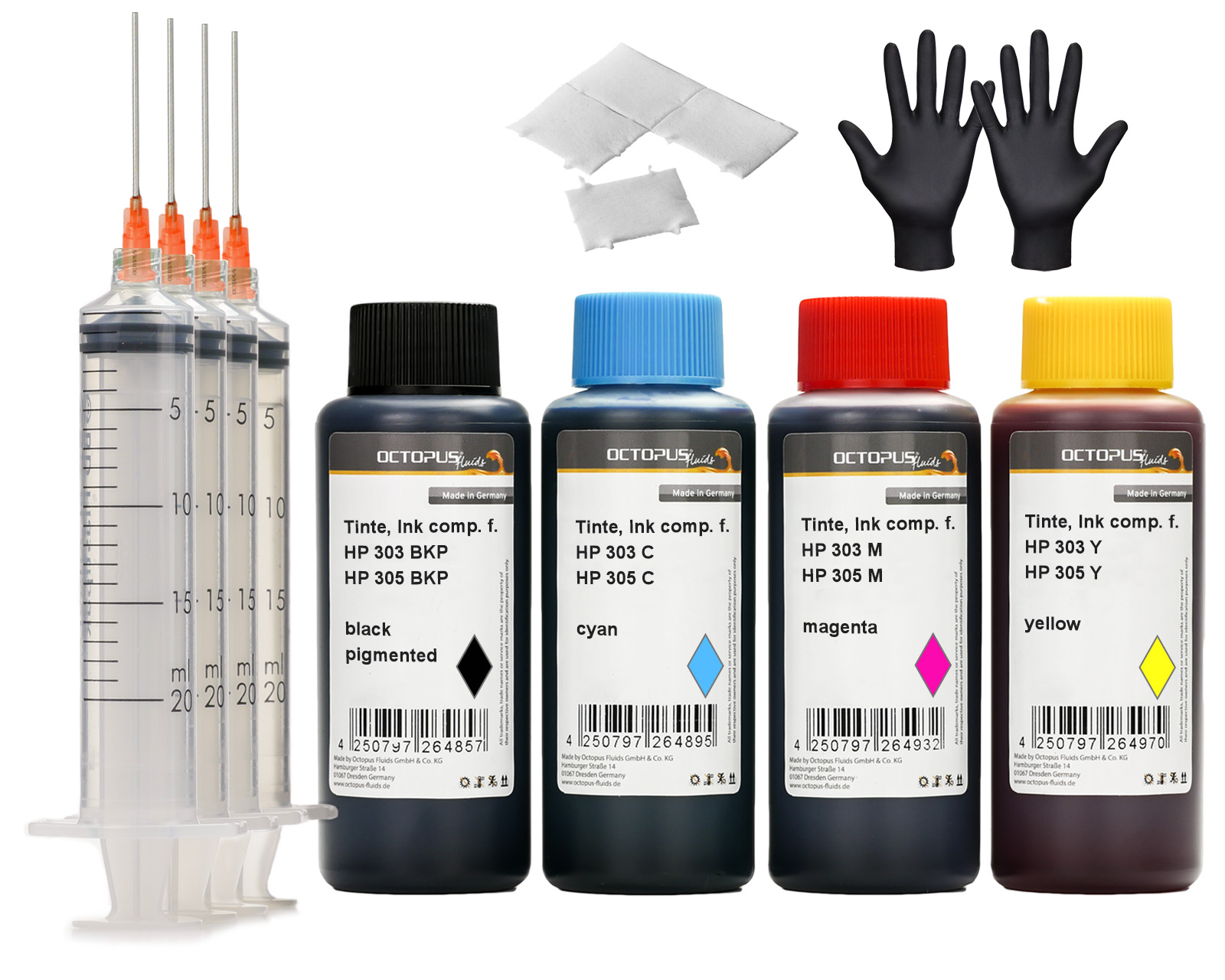 Refill ink set compatible for HP 303 and HP 305 Ink Cartridges, DeskJet, DeskJet Plus, Envy, Envy Pro
Refill ink set compatible for HP 303 and HP 305 Ink Cartridges, DeskJet, DeskJet Plus, Envy, Envy Pro
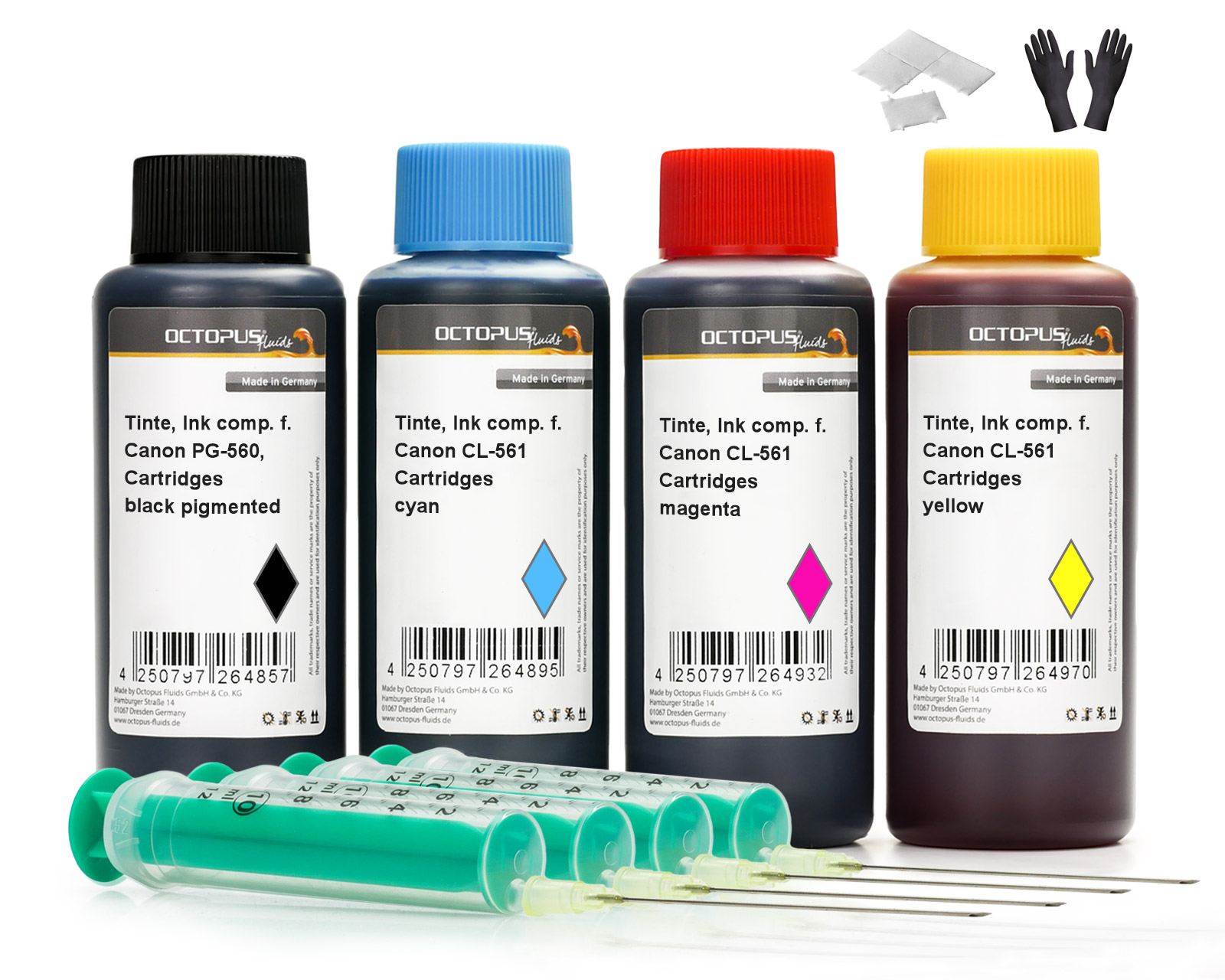 Octopus printer ink set compatible for Canon PG-560, CL-561 ink cartridges, Canon Pixma TS 5300, 7400
Octopus printer ink set compatible for Canon PG-560, CL-561 ink cartridges, Canon Pixma TS 5300, 7400
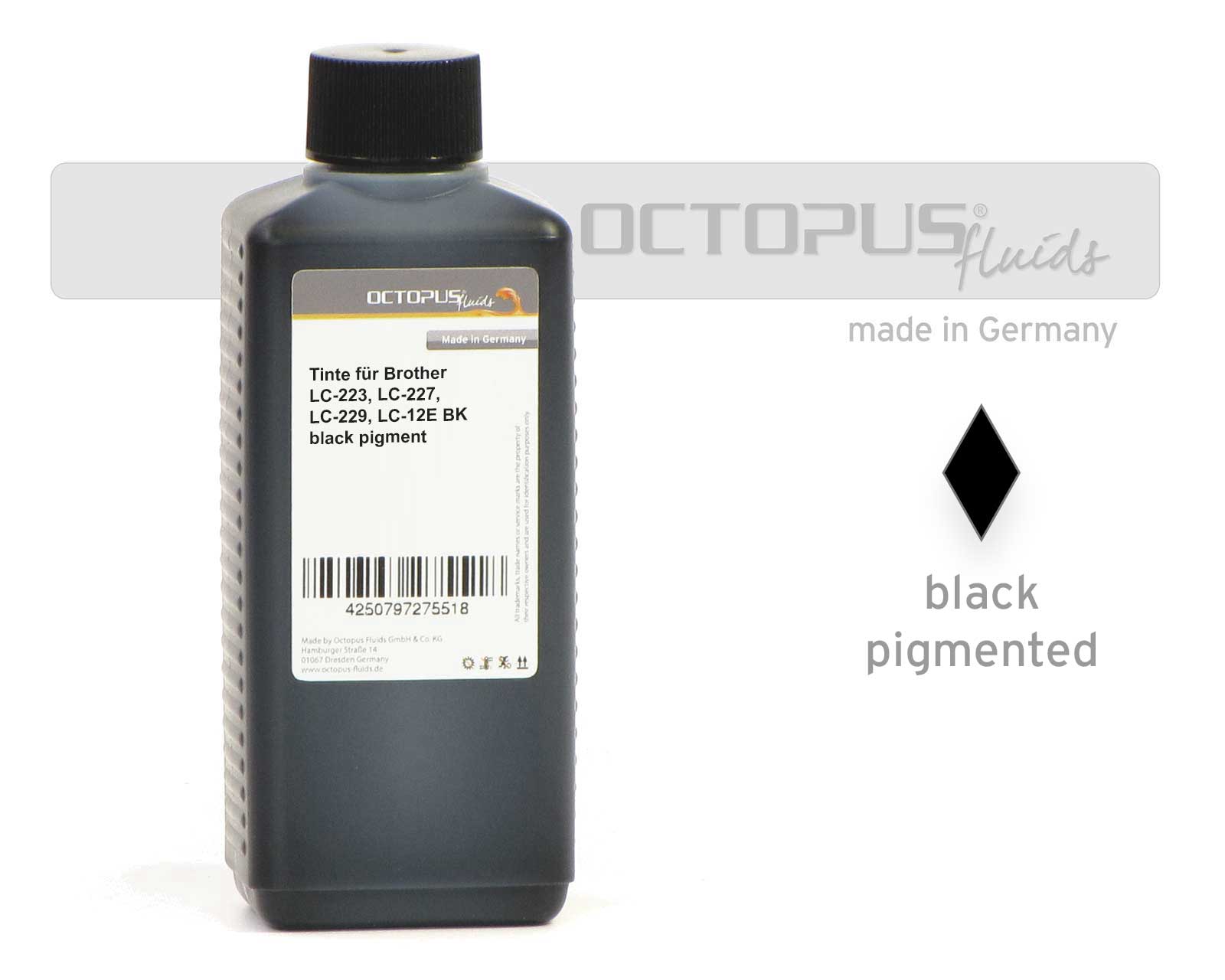 Refill ink comp. with Brother LC-223, LC-227, LC-229, LC-12E black pigmented
Refill ink comp. with Brother LC-223, LC-227, LC-229, LC-12E black pigmented
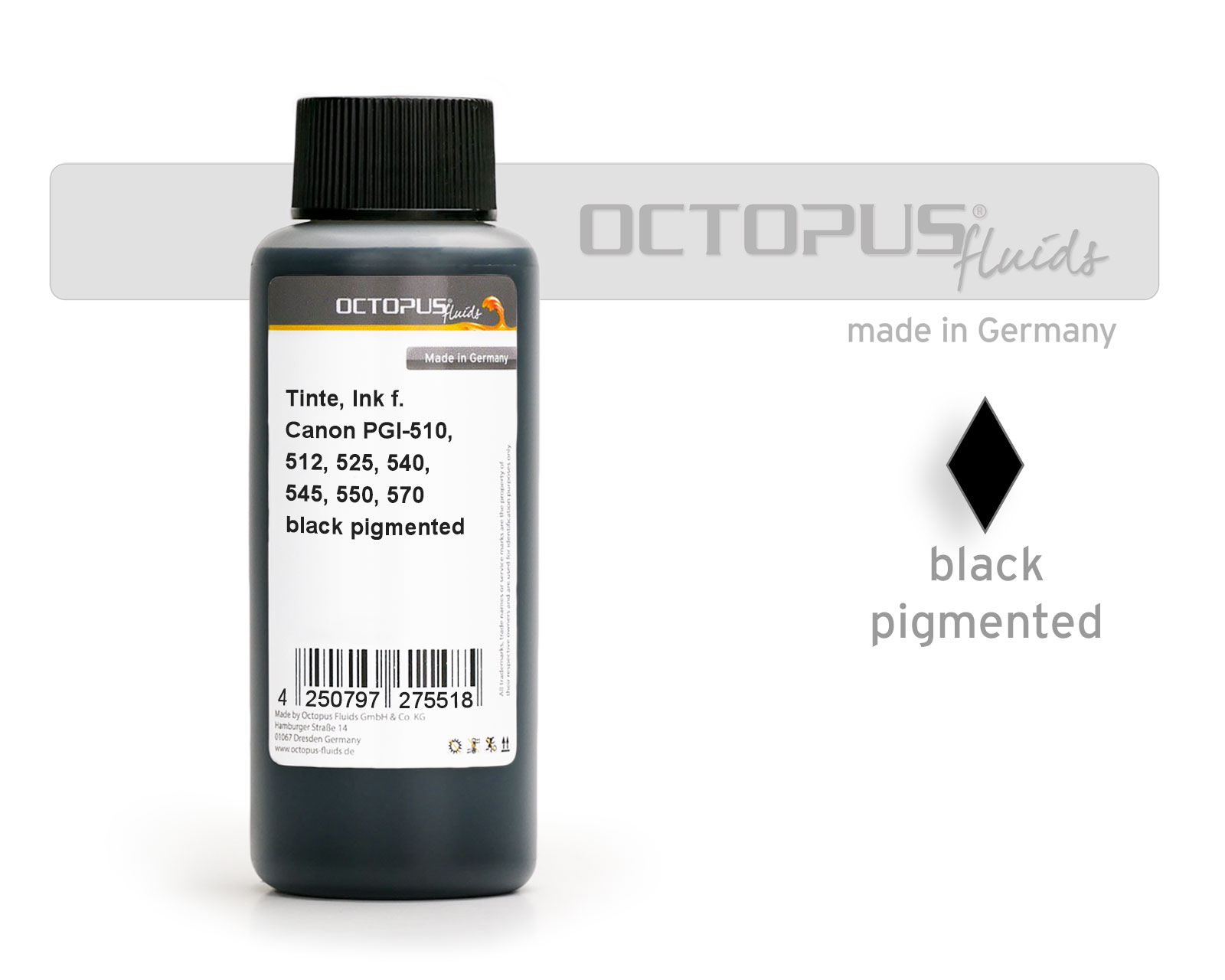 Ink for Canon PGI-525, 550, 555, 570, PG-540, 545, 510, 512 pigm. black
Ink for Canon PGI-525, 550, 555, 570, PG-540, 545, 510, 512 pigm. black
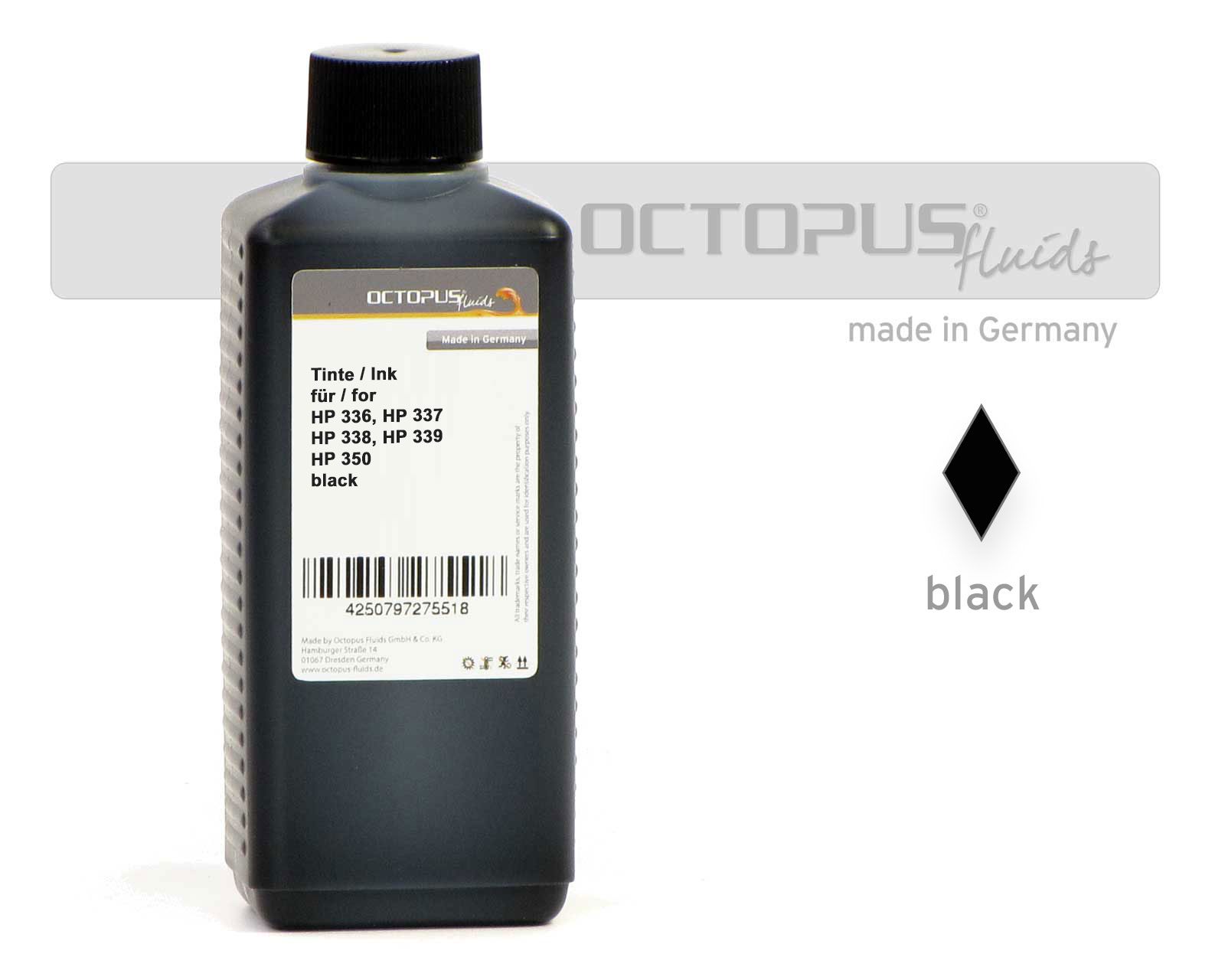 Refill ink compatible for HP 336, 337, 338, 339, 350, 350 XL pigmented black
Refill ink compatible for HP 336, 337, 338, 339, 350, 350 XL pigmented black







